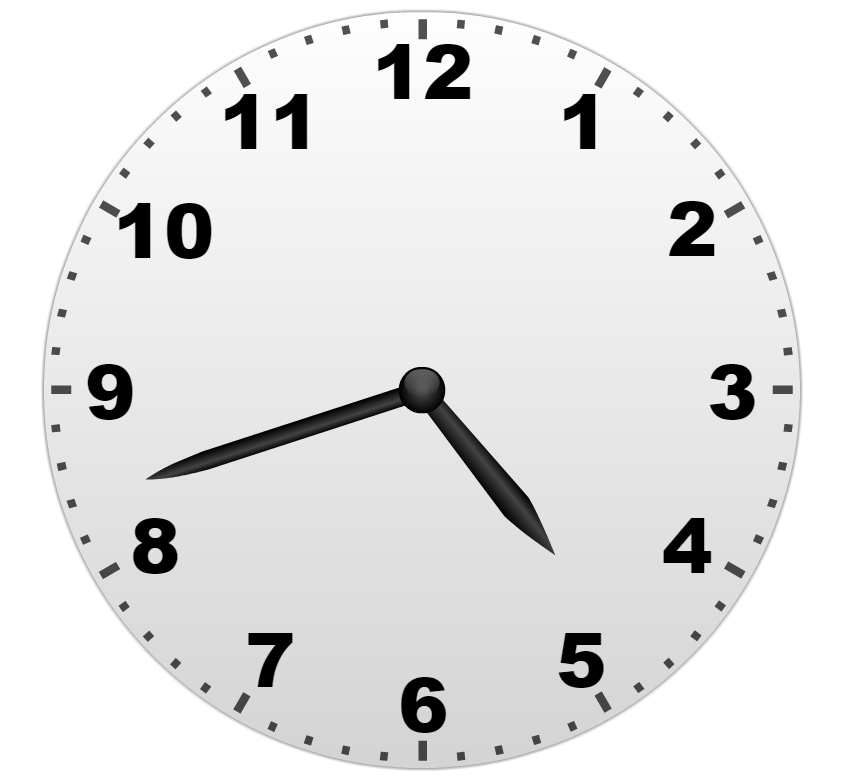Jonathon Porritt: If you can do something forever, it’s sustainable and if you can’t then it isn’t!
During the Rethink Activism event in Aarhus in September I took part in an interesting backcasting exercise facilitated by a consortium of voluntary organisations that are willing to come out to businesses to facilitate this session.
Studies show that if people imagine and understand a specific desired future then they are more likely to achieve that future. This exercise is a way of imagining a desired future and then considering how possible that future is to implement and its likely impact It is this last step which is the backcasting. An external actor such as the facilitator is not able to implement the future scenario but it may be a breakthrough to identify what that future may be. The homework for the organsiation once the facilitators have gone home will be to plan a strategy for implementation.
The activity is a way of making the UNs Sustainable Devleopment Goals more concrete and anchored in a specific organisation.

To make it even more concrete the facilitator chooses 5 of the 17 SDGs (hence the title of the activity) that are the most relevant to the organisation doing the activity.
The facilitator then needs 3 images that relate both to these SDGs and to the specific organisation. You might for example choose images of the waste products, deliveries of inputs or of the the finished product, the manufacturing process or external to the physical location of the organisation, for example to represent the commute of the employees.
Time needed
2 – 3 hours
Materials
- Pictures: the same three for each group that relate both to the organisation and the chosen SDGs
- Small pieces of paper on which to write 2 words
- Single SDG icons on paper for each group of the 5 SDGs to focus on
- One A3 sheet with a ‘difficulty versus effect quadrant’ template for each group
- One A3 sheet with a template for linking ideas to organisation benefit for each group
- Personal action plan sheet
Procedure
-
- Sustainable goals: A quick explanation of the 17 goals. The organisers have picked 5 relevant SDGs beforehand
- There then follows a free word association game regarding the 5 chosen SDGs on the topic of sustainability and those SDGs. Say something like ” What words come to your mind when we think of Goal No 7: Affordable and Clean Energy and your company XYZ Ltd?” The words generated are then paired randomly. Participants write the word pairs on the small pieces of paper. There should be 20-30 word pairs in the end for each small working group of 3-6 people.
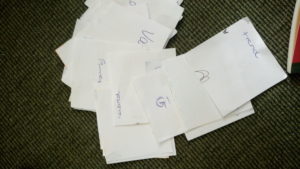
- The facilitators have chosen 3 photos for the whole group to work on beforehand which show aspects of the workplace (this could include external aspects such as the commute).
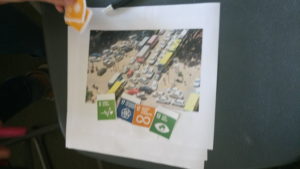
- The session continues in small groups who
- pick out a word pair at random from the word pile and
- brainstorm ideas for linking the words to the picture in the context of the SDGs around concrete actions that could lead to a more sustainable way of doing things at XYZ Ltd.
- Each new idea is summarised on a small Post-It sticky label and attached to the photo.
- Repeat for 2 more images and at the end
- add the SDG paper icons of which SDGs you have targeted in these ideas.
- Take your ideas from the photo and place them in a quadrant according to how easy or difficult they would be to implement as well as how much or how little effect they would have.
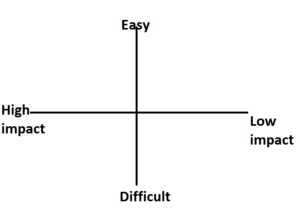
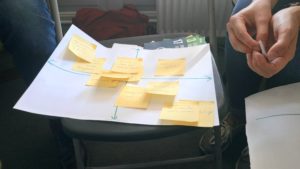
-
- Then choose one or two solutions from the previous stage (not necessarily those that are easiest and have the most effect) and describe them in more detail. The three columns include
- what the idea is,
- the benefit to the organisation XYZ Ltd and
- which SDGs it meets.
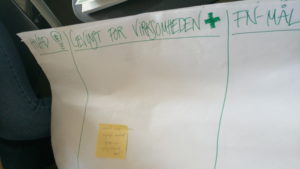
- Each group then presents its best idea in plenary with the rest of the participants able to ask clarifying questions.
- The activity can also include a short session after the presentation phase in which people can cluster with those ideas they think are the most promising to discuss it further.
- The session ends with a personal call to action (not organisational) which is done privately.
- Then choose one or two solutions from the previous stage (not necessarily those that are easiest and have the most effect) and describe them in more detail. The three columns include
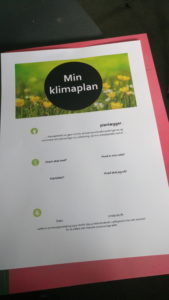
Relating this to the Prof E Sus project, the activity does not have to focus on a whole organisation but could instead focus on a process that is being taught in a hospitality course such as the laundry process or the cooking aspects. The advantage of doing this in your own classroom is that you are familiar with the context, the curriculum and your students. That could also be a disadvantage and there may be something to be said for having an external facilitator even if it is one of your colleagues. YOu could even swap classrooms to do this.
The final step of a personal climate plan is a way of relating the activity immediately and concretely to each individual in the room even though it may not advance the improvement of the process being analysed. That should come later in follow up work. But this personal commitment should demonstrate to everyone in the room that there is potential at every level from individual to organisational (and beyond) for concrete beneficial actions.
And this is a much more creative and dynamic way of generating possible solutions than sitting down in a meeting or classroom and asking, “How are we going to meet the SDGs?”
Reference: Jooyoung, P., Lu, F., Hedgcock, W. (2017). Forward and Backward Planning and Goal Pursuit. Psychological Science. DOI:10.1177/0956797617715510
List of sample tasks in the series
From 17 to 5: A backcasting strategy (this post)
Is there a sustainability TPACK?
Staff competences in a sustainable setting

